(661) 399-5000
7553 Jenica Street
Bakersfield CA 93314
Contractor's License: 872946
SBE# : 2001398
Bakersfield CA 93314
Contractor's License: 872946
SBE# : 2001398
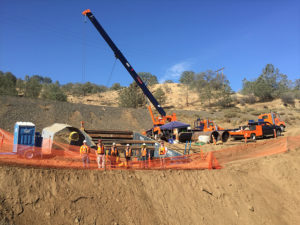 Equipment setup to bore 48" casing at 29%
Equipment setup to bore 48" casing at 29%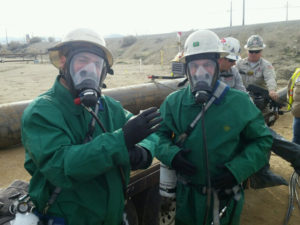 Operator and laborer working in contaminated soil for Chevron
Operator and laborer working in contaminated soil for Chevron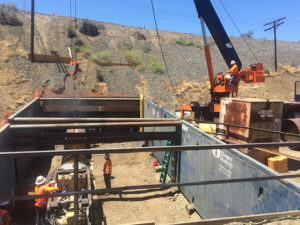 Pulling augers on UPRR project in Tehachapi
Pulling augers on UPRR project in Tehachapi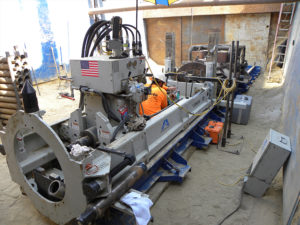 Setup of pilot tube machine inside of auger boring machine track
Setup of pilot tube machine inside of auger boring machine track Pilot tube electronics and hydraulic connections from power pack
Pilot tube electronics and hydraulic connections from power pack 2 full racks 2.5' long pilot tubes
2 full racks 2.5' long pilot tubes Pilot tube in receiving pit on line and grade
Pilot tube in receiving pit on line and grade 3 Pilot tube bores in receiving pit as directed by contractor
3 Pilot tube bores in receiving pit as directed by contractor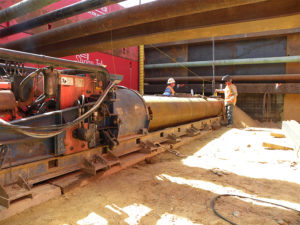 Setting up to bore in lead joint of 24" casing
Setting up to bore in lead joint of 24" casing Boring machine and hydraulic hoses for 320' of 30" steering head
Boring machine and hydraulic hoses for 320' of 30" steering head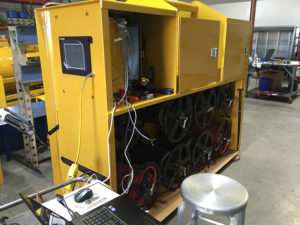 New compact style steering head console for bore pit
New compact style steering head console for bore pit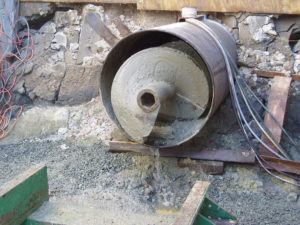 713' steering head bore 12' below sea level in Novato Ca
713' steering head bore 12' below sea level in Novato Ca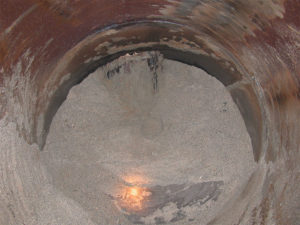 Getting ready to remove telephone pole from 30" casing
Getting ready to remove telephone pole from 30" casing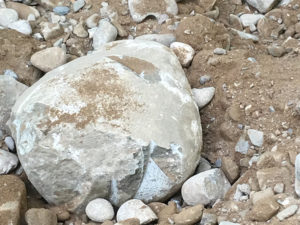 Spoil pile from pipe ramming sand and rock
Spoil pile from pipe ramming sand and rock Scarred 14" rock from knife edge on lead joint of casing during ramming
Scarred 14" rock from knife edge on lead joint of casing during ramming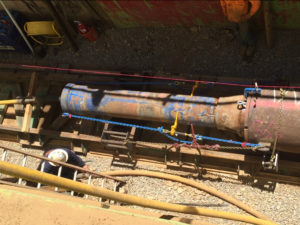 Pipe ramming setup in bore pit
Pipe ramming setup in bore pit